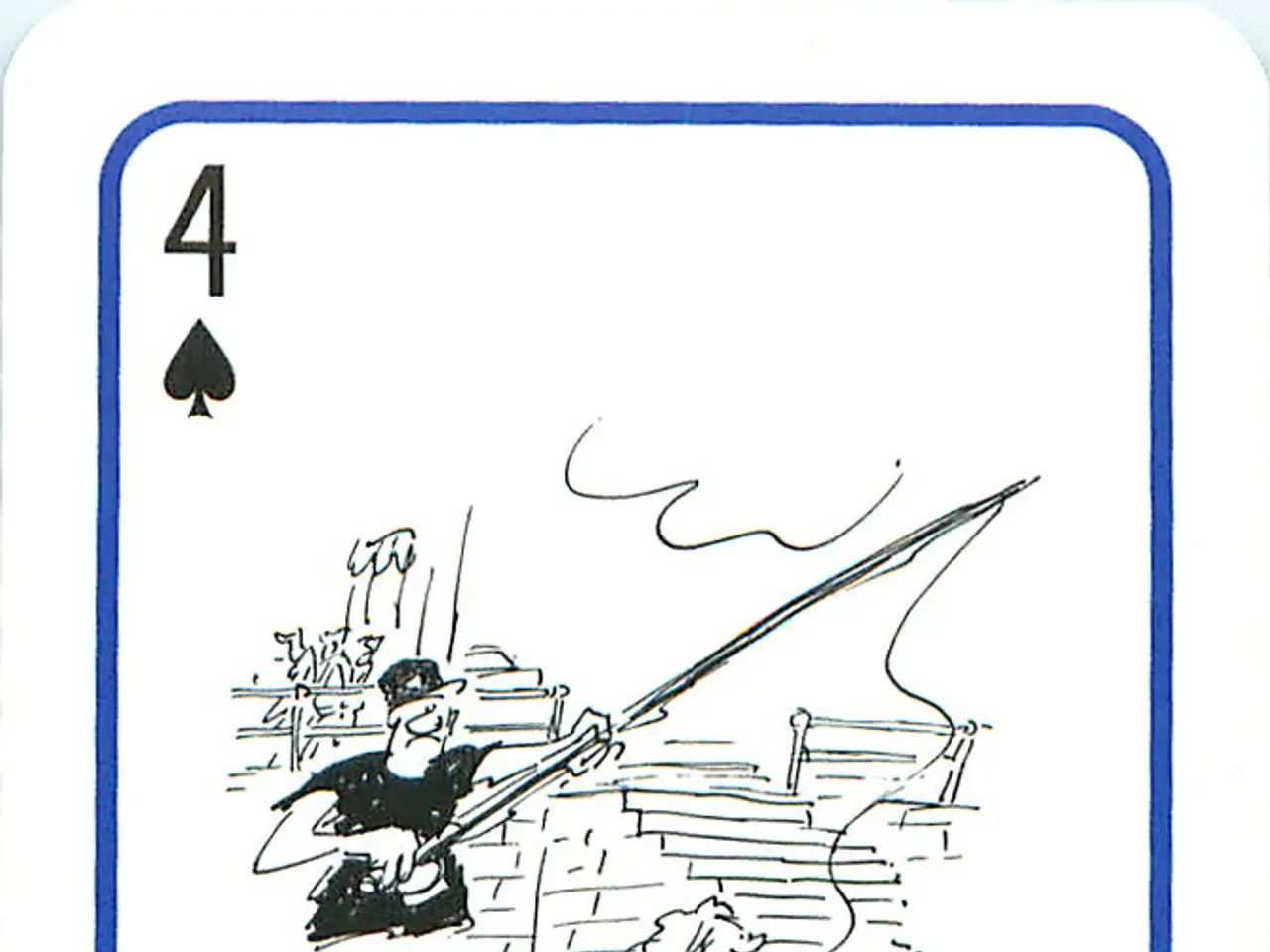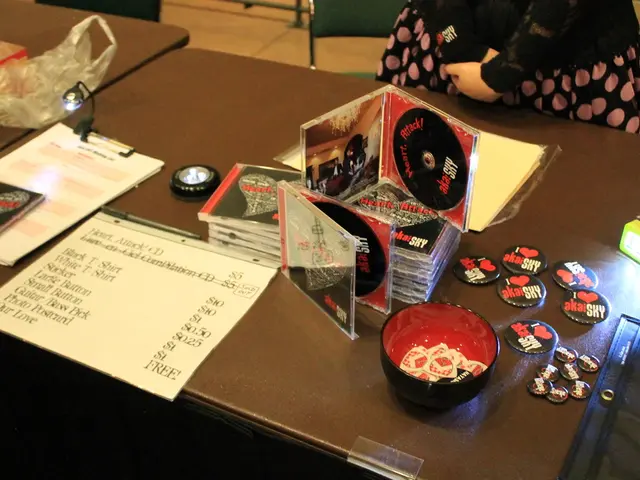Timeless Gaming Icons: Exploring the History and Impact on contemporary Card Games of Traditional Playing Cards
==================================================================
Playing cards have been a cornerstone of countless games for over a thousand years, providing game designers with a versatile and familiar foundation. Originating in China during the Southern Song dynasty (1127–1279), these cultural artifacts have undergone numerous transformations, shaping and being shaped by games worldwide.
Origins and Spread
The invention of suits and trick-taking games in China marked the beginning of playing cards' journey. By the late 14th century, these decks had reached Europe through trade routes, particularly the Islamic world. Regional variations emerged, with Germans using hearts, acorns, bells, and leaves, Italians favouring cups, swords, batons, and coins.
Standardization and Influence
In the late 1400s, French innovations simplified and standardized the suit system to spades, hearts, diamonds, and clubs, based on the German suits. This standardization laid the foundation for many modern card games, such as poker, rummy, and blackjack.
Future Developments
As technology advances, playing cards are finding new life in digital formats. Platforms like Steam's Tabletop Simulator and mobile card game apps allow players to enjoy classic games remotely. The evolution may also emphasize collectible and artistically crafted decks for niche markets alongside traditional playing and casino games.
Modern Adaptations
Role-playing adventures like Gloomhaven incorporate deck-driven mechanics, where cards dictate character actions and abilities. Some modern games blend physical and digital play, like KeyForge and Unlock!, which incorporate QR codes, augmented reality, or companion apps to add interactive elements and evolving narratives.
Eco-Friendly Innovations
In response to the growing concern for the environment, some companies now offer plastic-free decks and plant-based inks, ensuring that the future of playing cards remains both innovative and eco-friendly. By embracing eco-conscious design, playing card manufacturers are moving toward sustainable materials, recycled paper decks, and minimalistic packaging to reduce environmental impact.
Blockchain-Based NFT Collections
Blockchain-based NFT card collections introduce unique, tradable digital decks that bring new ownership dynamics to the gaming world.
The Legacy of Tarot Cards
Tarot cards, which emerged in the 15th century, initially served as gaming tools before being adopted for divination.
In summary, playing cards have evolved over centuries, shaped by cultural preferences, gaming styles, and printing technology advances. From their origins in China to their global influence, these dynamic cultural artifacts continue to captivate and inspire game designers and players alike.
- The standardization of playing cards in the late 1400s paved the way for modern casino games like poker, blackjack, and others.
- Today, as technology progresses, digital versions of classic games such as blackjack and poker are available on platforms like Steam and mobile apps, offering players a new way to enjoy these casino-and-gambling games.








